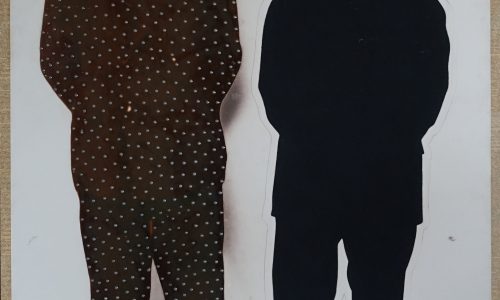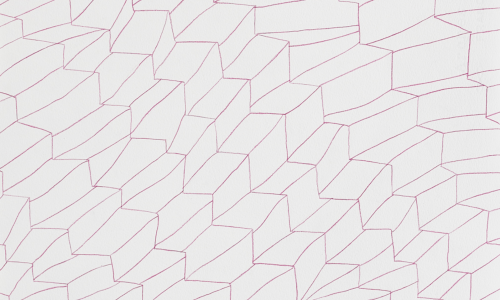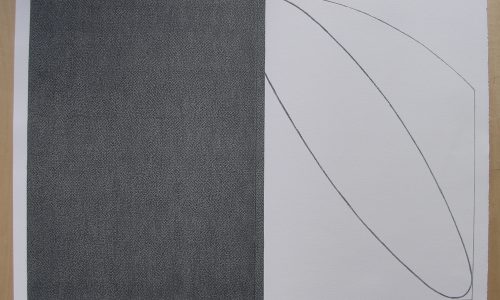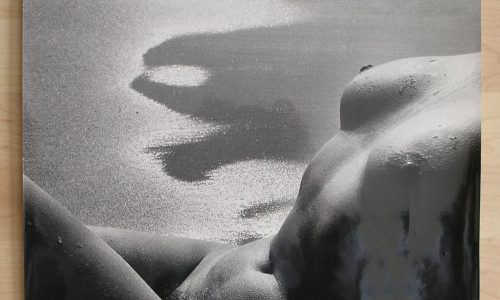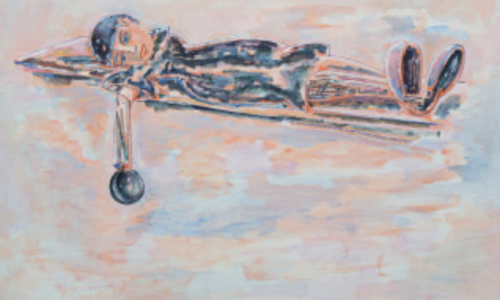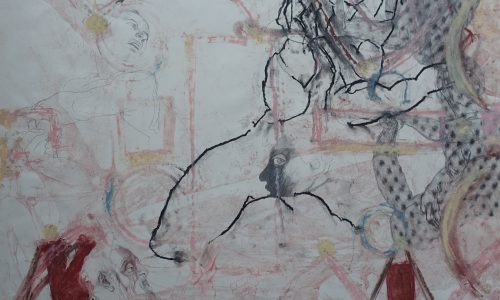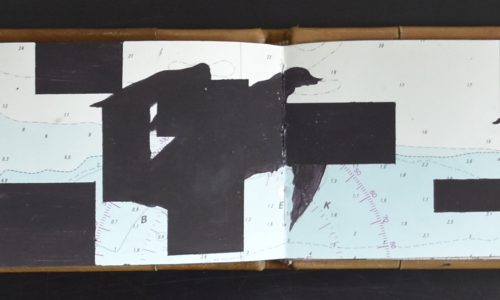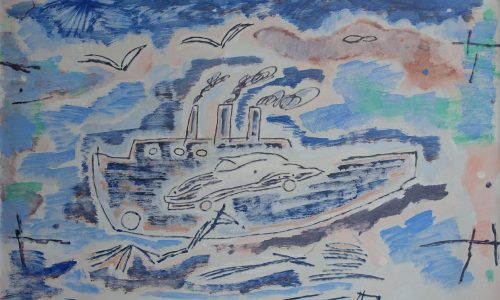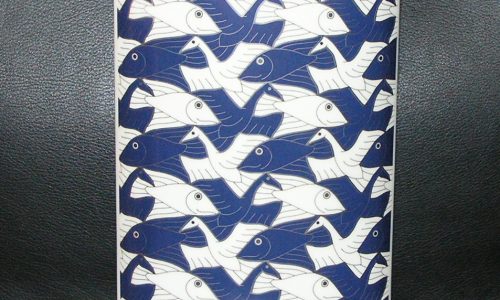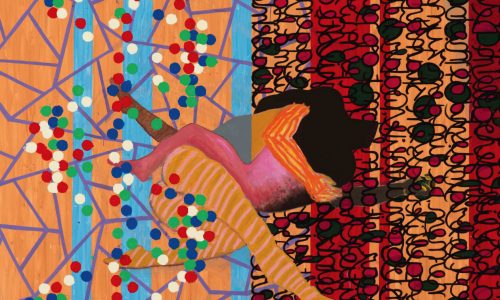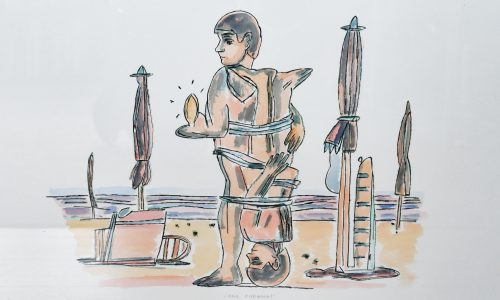
As a young man, Karl Hugo Schmolz was introduced to the world of photography, a passion shared by his father Hugo Schmolz, a renowned architectural photographer. By the young age of 15, Karl began accompanying his father on photo shoots.
Under the tutelage of his father, Karl learned the craft and captured stunning shots for prominent architects such as Adolf Abel, Bruno Paul, and Rudolf Schwarz.
When his father passed away, Karl seamlessly continued the family legacy, taking over the Fotowerstatte Hugo Schmolz without any interruption.
However, when World War II broke out, Karl was forced to put aside his photography career and enlist in the German army. Yet, after the war, he documented the cold and devastating aftermath of his country using a large format camera.
One could say that Karl’s most famous work was the combination of his own photos with those taken by his father during the 1920s and 1930s.
His photographic collection includes a wide range of subjects, as Karl was proficient in all kinds of photography, from architecture to design. He even captured everyday life in Germany, while still staying true to his roots as an architectural photographer through the use of clean contrasts and precise framing.
Karl’s talents extended beyond architecture, as he also excelled in interior design and home decor photography.
After marrying fellow photographer Walde Huth, the two combined their last names and created Schmolz + Huth, specializing in fashion photography and portraits.
Karl’s last project was documenting the Museum Ludwig in Cologne, a task he was unfortunately unable to complete due to his untimely passing.
In his works, Karl often used myths as a guide, creating an overall atmosphere that gave life to his own unique reality. In paintings like Eros & Psyche XI and XIII, the deep shades of red and purple support the sensuality evoked by the myth.
on Walde Huth:
Conceived in Stuttgart during the year 1923 and raised in Esslingen, Walde Huth immersed herself in the study of photography from 1940 to 1943 under the tutelage of Professor Walter Hege at the esteemed School of Applied Art in Weimar. Subsequently, she sought employment at the colour photography development department of Agfa/Wolfen, where she spent her days until the conclusion of the Second World War in 1945. Post war, she ventured into the realm of freelance photography, exploring the genres of portrait, theatre, and art.
In 1953, Walde Huth established her own studio in Stuttgart, managing a team of eight skilled individuals. Her stint with Esslinger Wolle furnished her with priceless experience which would pave the way for her unparalleled success with fashion houses such as Christian Dior, Jacques Fath, Givenchy, and Maggy Rouff, immortalizing the iconic “New Look” to global recognition.
The span of the 1950s to 1980s witnessed the birth of a distinctive aesthetic, characteristic of the products of Western Germany. The methodical orchestration, refined techniques, and logical execution were the hallmarks of Walde Huth’s illustrious career.
Following the closure of her studio, which she shared with her late spouse, in 1986, Walde Huth dedicated herself to pursuing freelance projects with renewed vigor. Her masterful works grace the collections of prestigious international museums, immortalizing her legacy. On the eleventh of November, 2011, at the venerable age of 88, the world bid farewell to Walde Huth – a visionary, effortlessly elegant, with a keen eye and wit, a beacon of inspiration and a trailblazer in the realm of German photography.
www.ftn-books.com has the Fotomuseum Den Haag invitation Night awakens now available.





